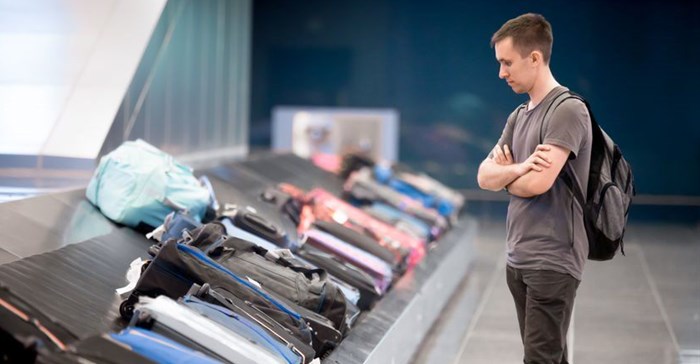
Top stories


LegalNigeria to implement new tax laws from January 1 despite calls for delay, Tinubu says
Camillus Eboh 1 day

There are several factors relating to luggage mishandling. Budget cuts and high passenger footfall are among them. It is also increasingly common for passengers to travel with multiple bags and make transfer flights, which can cause challenges to baggage handlers rerouting items to onward destinations across multiple airlines.
Forty-six per cent of misplaced bags were lost during flight connections last year. Meanwhile, suitcases falling from airport delivery vehicles and going unreported, baggage remaining on the aircraft and unidentifiable lost luggage remain among the biggest pain points for airports.
There are four mandatory tracking points at which every checked piece of luggage has to be recorded; this begins at check-in, when the passengers hand over their bags to the airlines, marking the beginning of their journey. Here, a unique 10-digit tag number is applied.
Following this, bags are once again recorded at the loading stage, when the bag is delivered onto the aircraft; transfer, when custody of the bags changes between carriers; and finally, at arrival, when passengers receive their bags at arrivals. At smaller, more remote airports, managing this process was problematic and far from automated digitally.
As technology has become more sophisticated, it has also become easier to roll out. This has allowed more remote airports to successfully upgrade their facilities and modernise their offerings. The Greek Islands, for instance, had difficulty in managing the increase in tourist footfall, whilst still complying with International Air Transport Association (IATA) regulations. To boost efficiency and improve customer experience, Zebra Technologie, for example, worked with its partner Phi Data to automate baggage tracking in 14 Greek airports.
By arming workers with enterprise mobile devices, bags can be scanned and identified much faster, whilst still being recorded accurately, one can increase worker efficiency and ultimately leads to fewer mistakes. All scans link to a central database, giving both workers and passengers increased visibility over every item of luggage checked into the hold, at every stage.
Whilst arming staff with mobile devices and continuing to digitise the whole travel infrastructure is a great start, airlines and airports must be open to harnessing new technology in order to continue to adapt and modernise. Meanwhile, open-source-style communication between airlines and airports is paramount to efficiency and safety.
Looking forward, travellers should be open-minded about future iterations of technology, such as tagging or chipping suitcases, to ensure visibility throughout their journey.